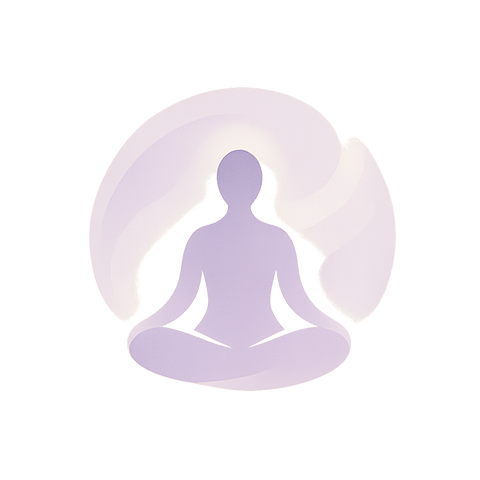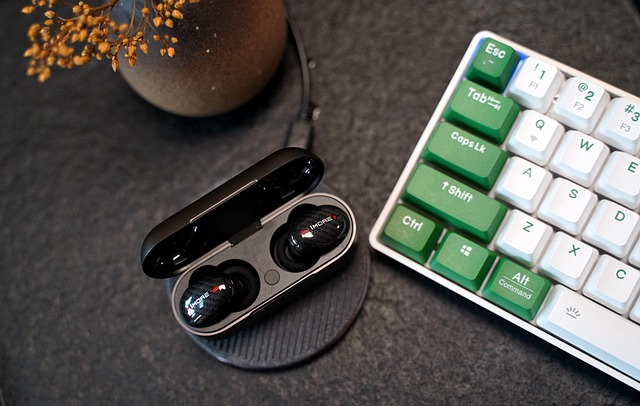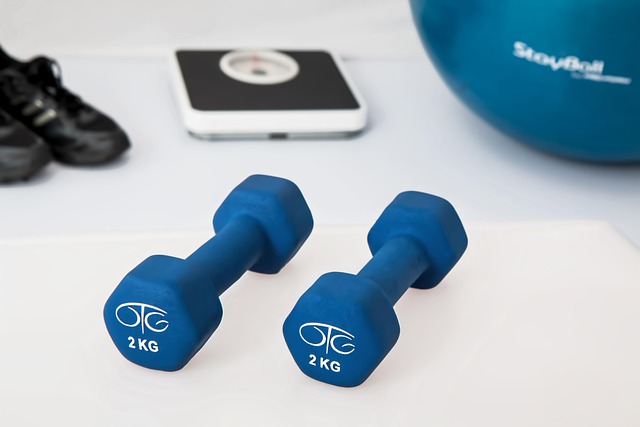Embracing Calm: 10 Self-Care Strategies for Anxiety Reduction
Living with anxiety can feel overwhelming—like your mind is constantly racing and your body is perpetually on edge. It’s more than just feeling stressed; it’s a persistent cloud that shadows your daily experiences and drains your energy. The good news is, through intentional self-care, you can find moments of peace and regain control over your emotional well-being.
Here are 10 self-care strategies specially designed to support anxiety reduction and help you create a calmer, more balanced life.
1. Mindful Breathing Exercises
When anxiety strikes, deep, mindful breathing can be your anchor. Try the 4-7-8 technique: inhale for 4 seconds, hold for 7, and exhale slowly for 8. Repeating this cycle helps slow your heart rate and centers your thoughts.
2. Regular Physical Activity
Movement releases endorphins, the body’s natural mood elevators. Even a short daily walk or gentle yoga can alleviate tension and improve your outlook.
3. Establish a Consistent Sleep Routine
Quality sleep is vital for emotional resilience. Create a calming bedtime ritual and stick to a regular schedule to help your mind and body recharge effectively.
4. Limit Caffeine and Sugar Intake
These stimulants can escalate feelings of anxiety. Reducing your consumption can lead to a steadier mood and fewer jittery moments.
5. Practice Journaling
Writing down your thoughts and worries can help you unravel tangled emotions and gain perspective, making your anxiety more manageable.
6. Engage in Creative Outlets
Painting, music, or crafting allows your mind to focus on the present moment, providing a therapeutic escape from anxious thoughts.
7. Set Boundaries and Say No
Overcommitting can fuel stress and anxiety. Learning to set limits and prioritize your well-being is an essential act of self-care.
8. Connect with Supportive People
Sharing your feelings with trusted friends or family members can diminish feelings of isolation and provide comfort.
9. Practice Grounding Techniques
Techniques such as the 5-4-3-2-1 method encourage you to identify things you can see, touch, hear, smell, and taste, promoting presence and easing anxious thoughts.
10. Seek Professional Help When Needed
Remember, seeking help from a counselor or therapist is a sign of strength, not weakness. Professional guidance can tailor coping strategies to your unique needs.
Implementing these self-care practices consistently fosters a nurturing environment where anxiety can gradually loosen its grip. Remember, your journey to anxiety reduction is personal, and every small step builds toward a more peaceful you.




